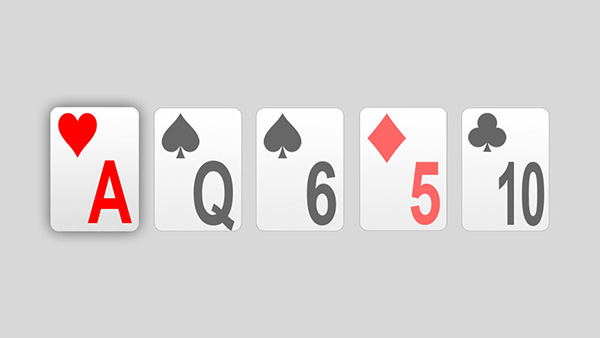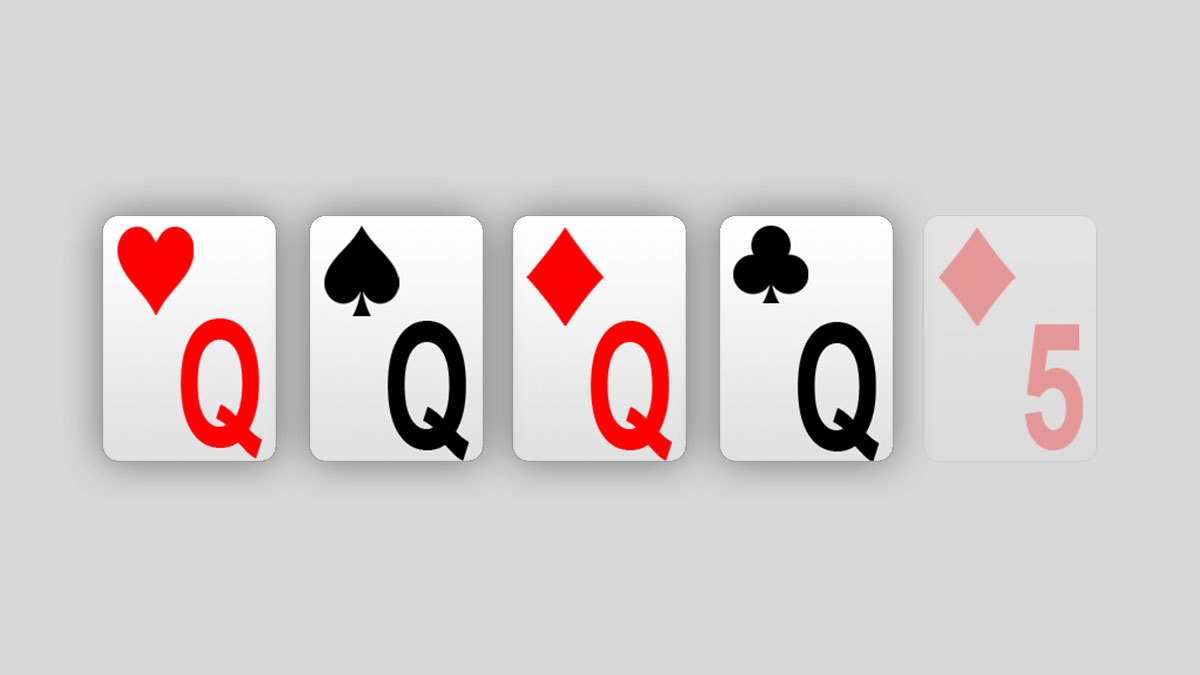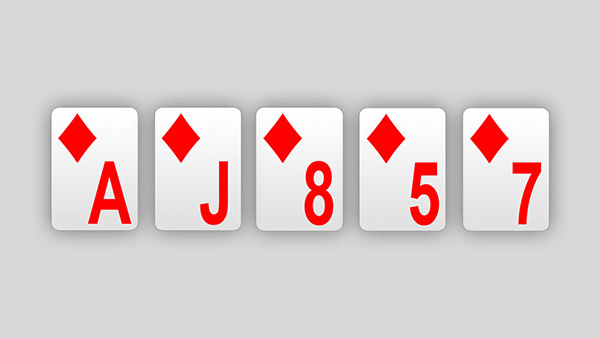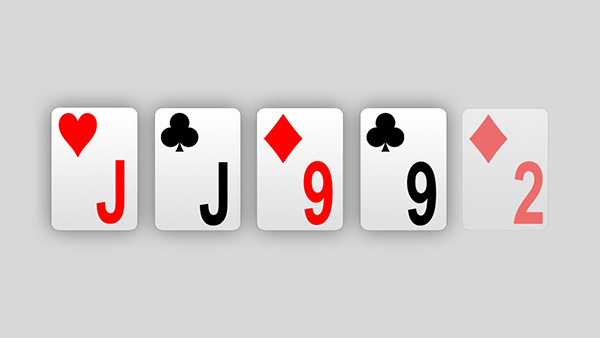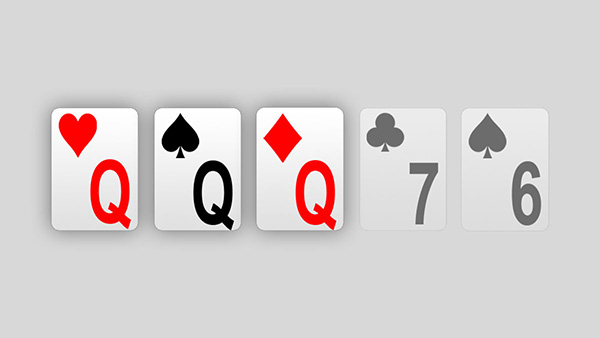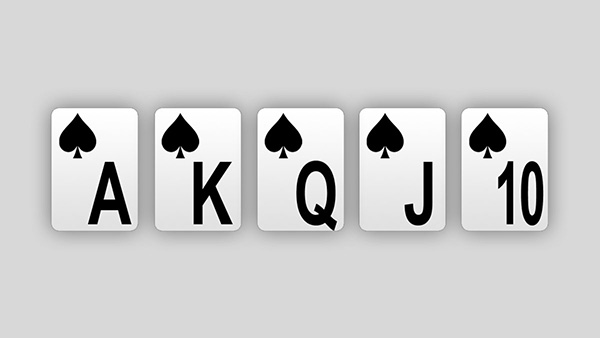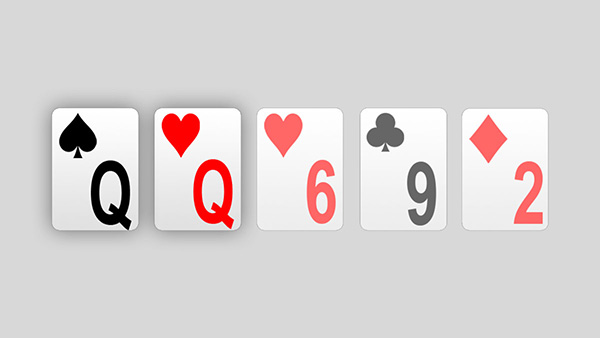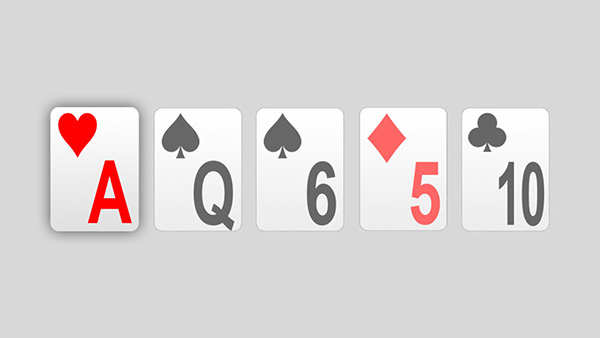The probability of landing a High Hand with any initial hand combination stands at 63%, which translates to a 2 out of 3 chance.
Definition of a High Hand (High-Card) –
A High Hand is defined as a scenario where players fail to form a pair, thus the strongest card in the hand dictates its strength.
Example – AK372
In Texas Hold'em, High Hands hold the lowest rank where there are neither pairs, draws, nor chances of forming a better hand.
Odds of Making a High Hand on the Flop
It's fairly expected that hitting a High Hand on the flop ranks as the most common occurrence, considering it excludes the potential for Pocket Pairs.
Let’s review some of the odds -
The probability of flopping a high-card hand from any starting hand is recorded at 63%.
The chance of flopping a high-card hand from unpaired starting hands is 66.9%.
When starting with a pocket pair, the odds of flopping a high-card hand drop to 0%.
Although unpaired hands usually flop high-card hands at comparable rates, the frequencies are not identical.
For example -
For an AKo starting hand, the likelihood of flopping a high-card hand is 67.2%.
With T9s as a starting point, the odds of landing a high-card hand is slightly less at 65.4%.
AKo has a marginally better chance of flopping a high-card hand due to its lower frequency of forming straights and flushes compared to T9s.
It’s important to recognize that high-card hands can vary in their level of strength.
The odds of flopping overcards from any unpaired starting hand is calculated at 7.64%.
Odds of flopping overcards with AKo = 67.2%
Odds of flopping overcards with T9s = 16.2%
The chance of flopping a gutshot straight draw from any unpaired starting hand is 10.3%.
Odds of flopping a gutshot with AKo = 11.3%
Odds of flopping a gutshot with T9s = 16.6%
There's a 3.47% probability for flopping an open-ended straight draw (OESD) with any unpaired starting hand.
Odds of flopping an OESD with AKo = 0%
Odds of flopping an OESD with T9s = 9.6%
While a flush draw technically qualifies as a high-card hand, it is significantly stronger than simply flopping naked overcards.
